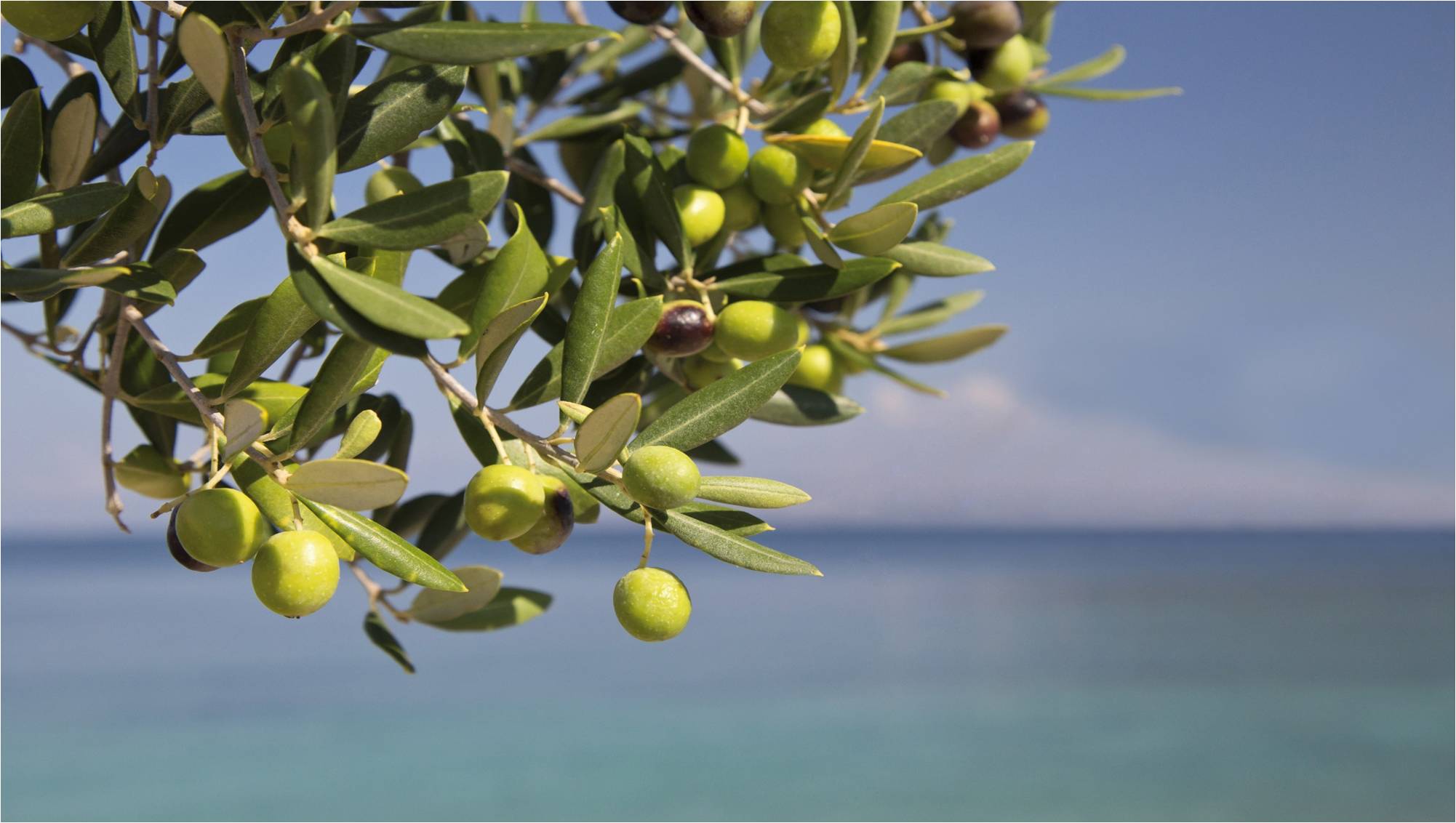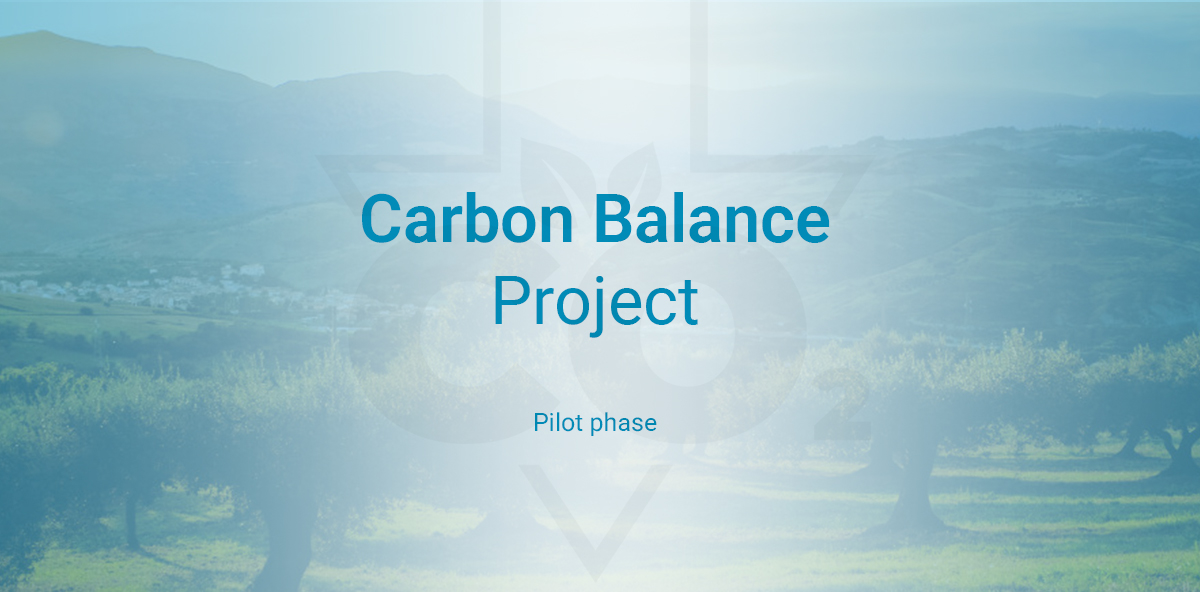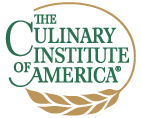Madrid – Performance figures for the 2017/18 crop year point to worldwide growth compared to the last crop year. IOC data for November 2017, estimate world production at 2 900 000 tonnes (t). This data is provisional and subject to further updates. As always, European production takes the lead, with the joint production of Spain, Italy, Greece and Portugal totalling approximately 1 800 000 t. These countries are followed by Algeria, Argentina, Jordan, Morocco, Palestine, Tunisia and Turkey, estimated to have jointly produced over 800 000 t of olive oil, and by non-Member countries Syria, Australia and Chile, producing 177 000 t.
Given the abundant rainfall in many countries in the past autumn and winter, it is highly likely that this data will be revised up. In that case, increased production will contribute to stabilising product prices on the international market.
The main importer of olive oil continues to be the United States, accounting for 37% of the world market, followed by the European Union, which accounts for 16%.
In a message to the winners of the Sirena d’Oro award – an award based on the IOC’s organoleptic method – the Executive Director of the IOC, Abdellatif Ghedira, said that “there is global demand for increased production, and our efforts must go towards sustaining growth within a framework of common regulations, to satisfy the international market’s growing focus on quality products”.
The IOC’s current membership comprises Algeria, Argentina, Egypt, the European Union (and its 28 Member States), the Islamic Republic of Iran, Israel, Jordan, Libya, Montenegro, Morocco, Palestine, Tunisia, Turkey and Uruguay. These countries account for 94% of world olive oil production, 96% of the export market, and 72% of consumption.
.










